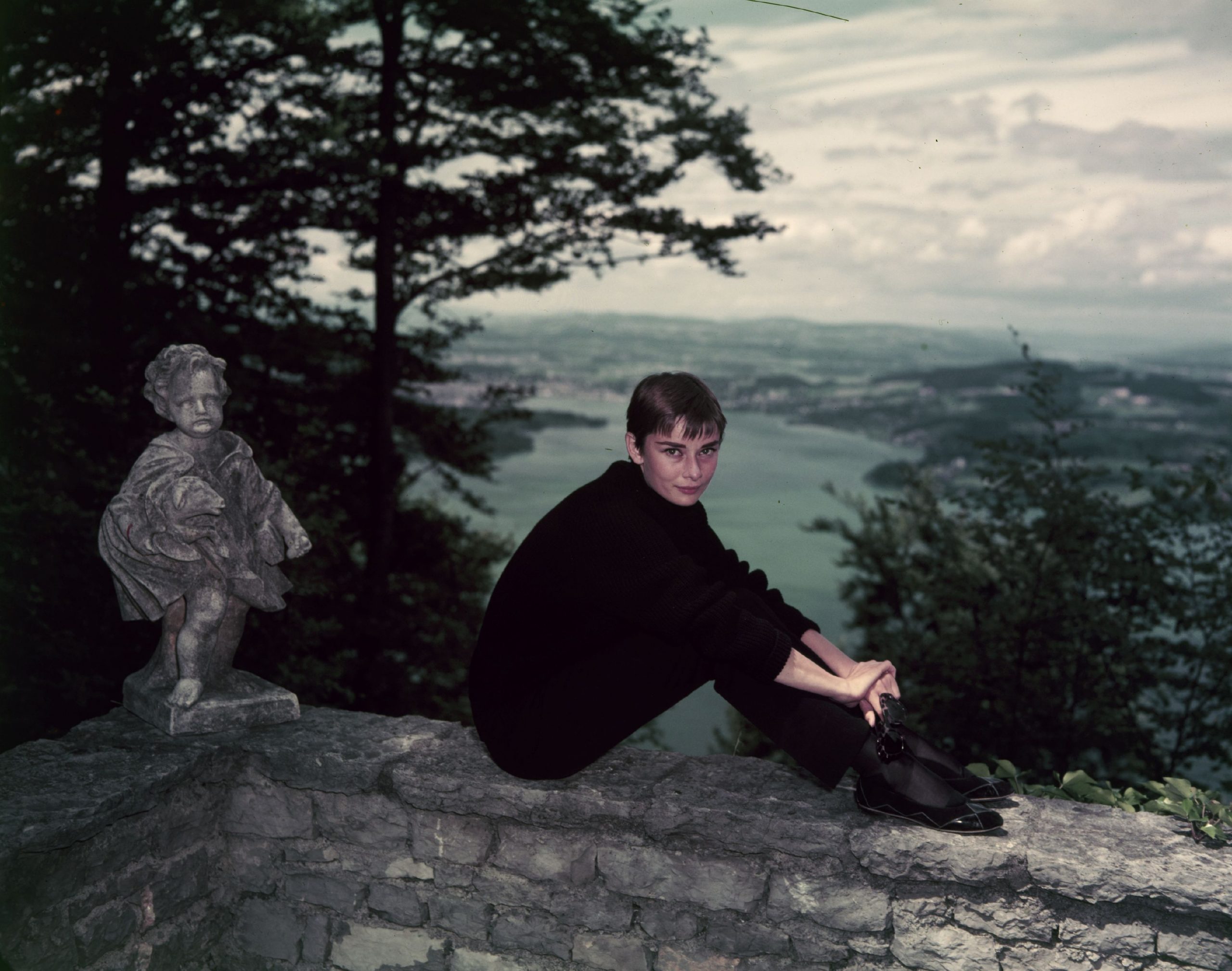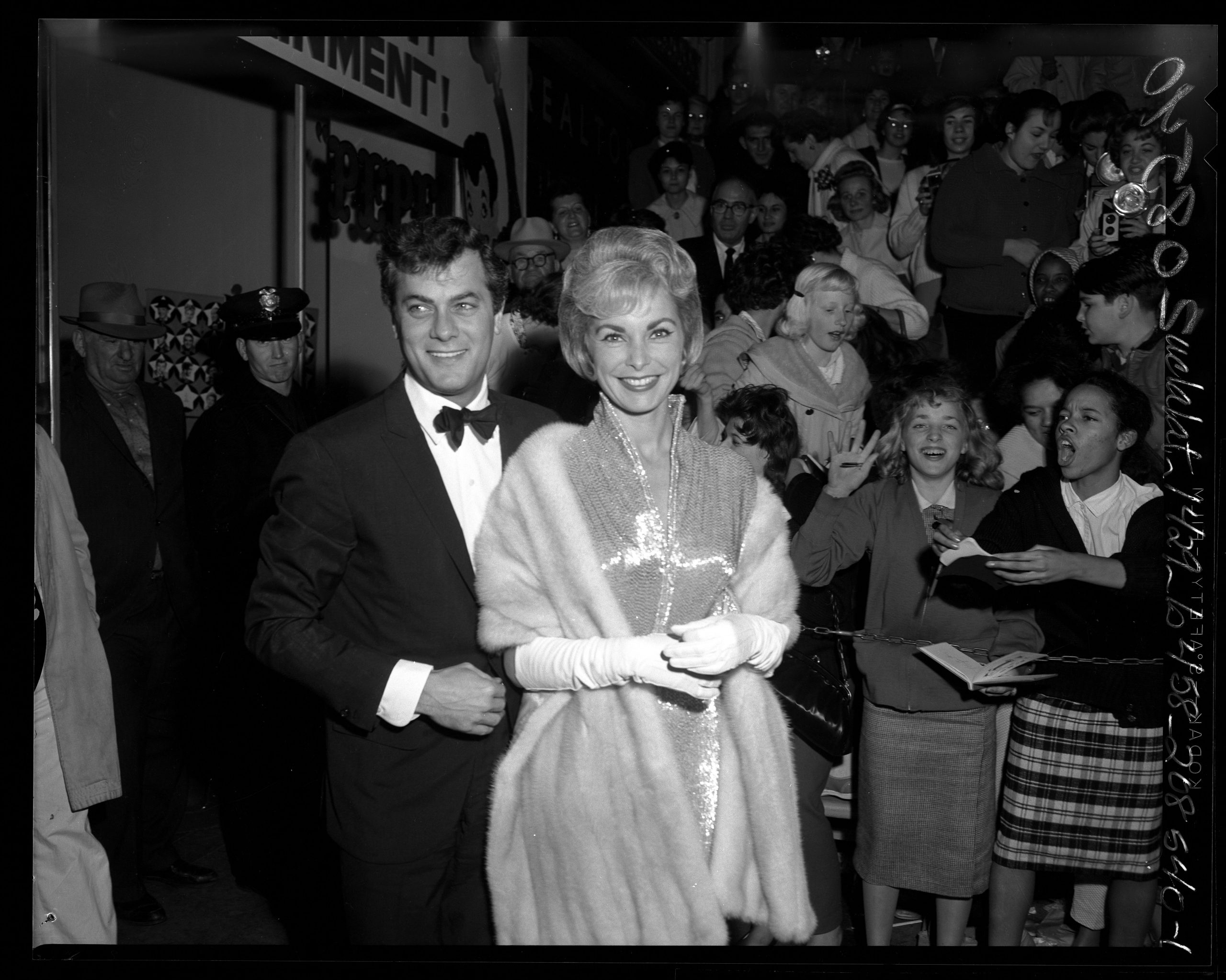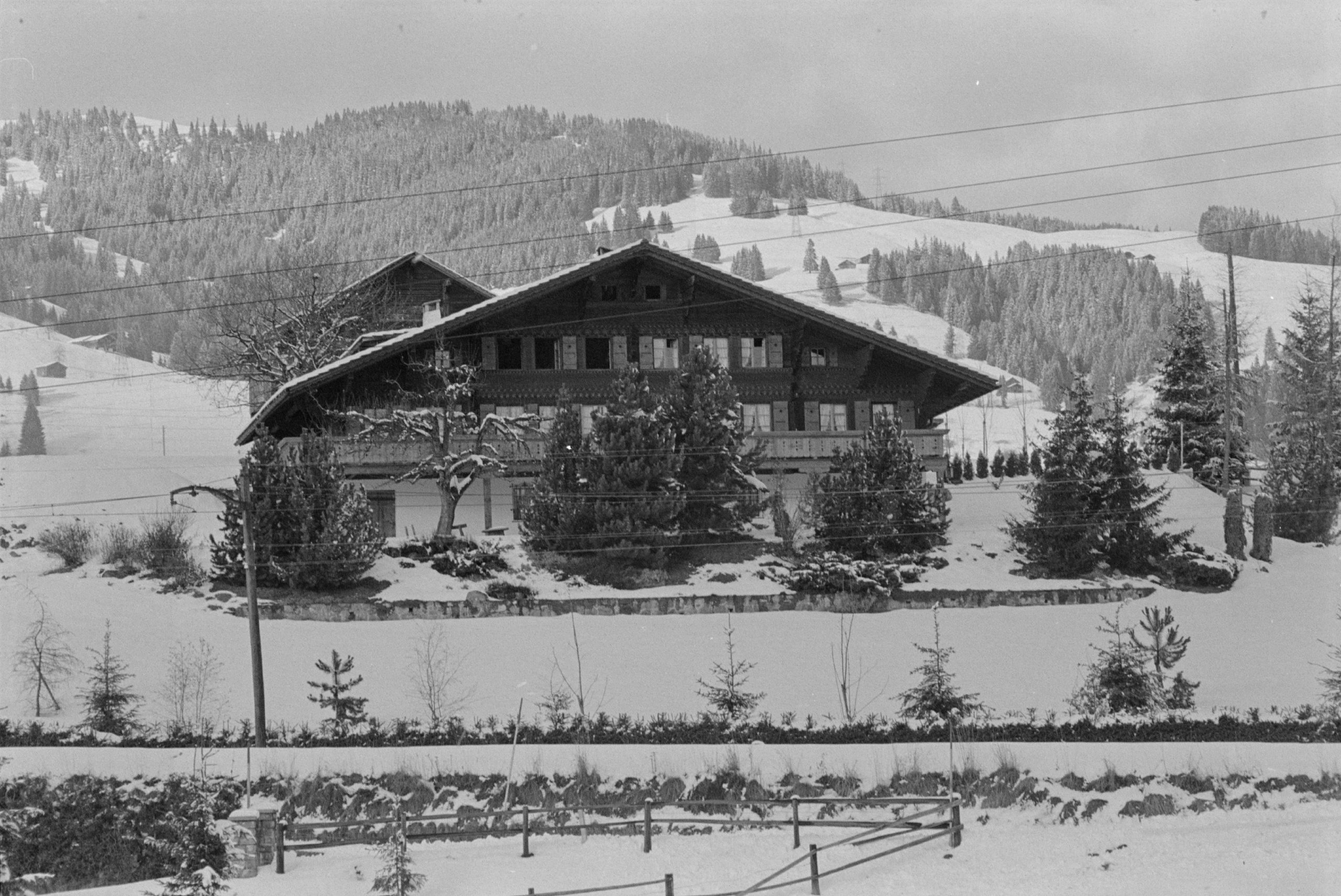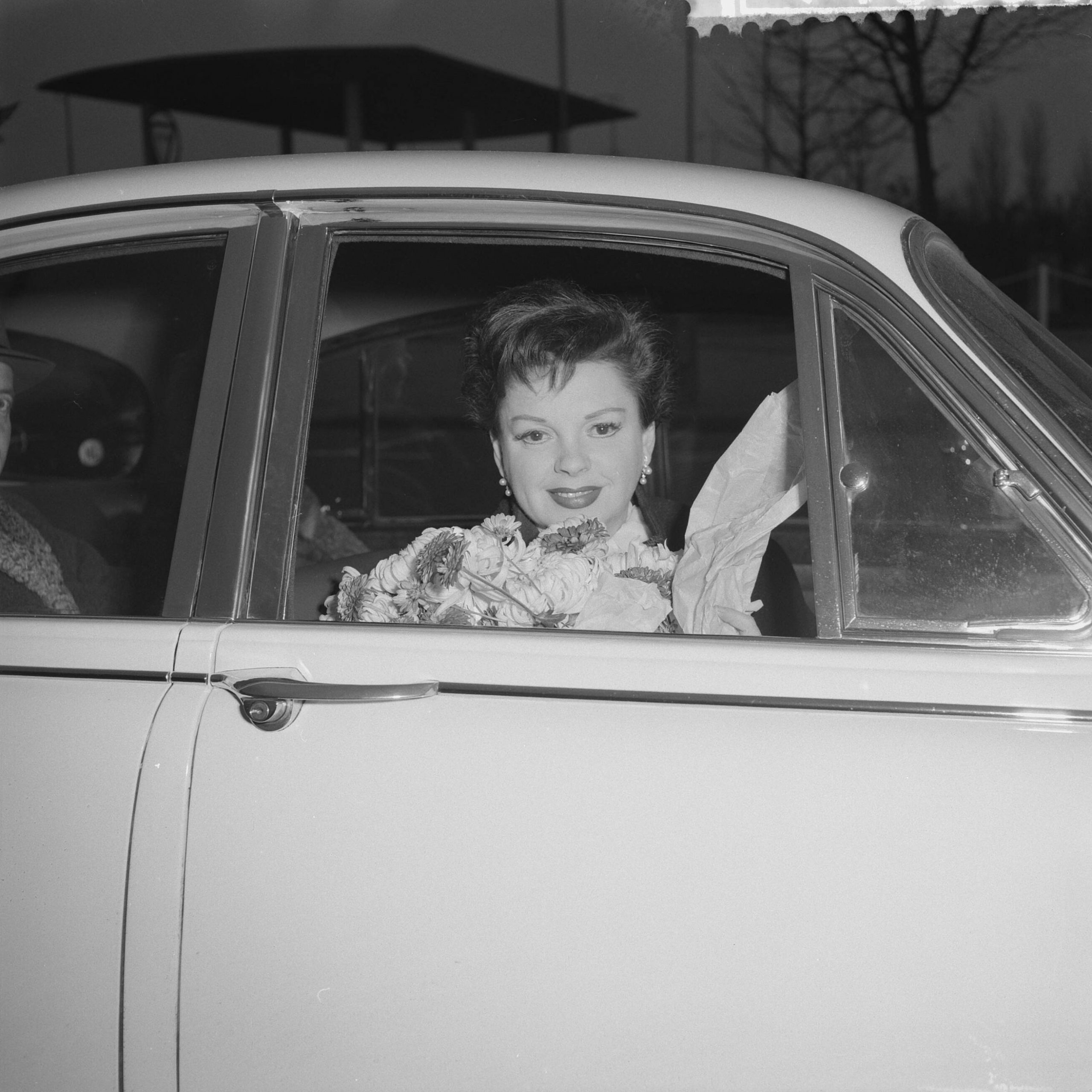“I knew how to dance as soon as I was able to walk,” Rita Hayworth once confessed, looking back on the first dance steps of her life. This was hardly surprising: Rita Hayworth’s father Eduardo Cansino was a Spanish dancer who had immigrated to the United States from Seville.
Eduardo Cansino was not the first in his family to gain a reputation as a dancer: his father Antonio Cansino was already known worldwide for his bolero dancing.
The Cansino family’s emigration to the United States was encouraged by the influential Stuyvesant family: The Stuyvesant family traced its origins to the last director general of the New Netherland colony, Petrus Stuyvesant.
High society lady Mrs. Stuyvesant Fish brought the Cansino family to the United States in 1915 so they would perform at high society occasions. Also, it was a cultural asset to New York if dance teachers like Eduardo Cansino would be able to pass on their knowledge.
Dancing, dancing, dancing
Hayworth’s childhood and youth consisted primarily of one thing: dancing, dancing, dancing. At the age of four, she is said to have performed at Carnegie Hall alongside her father and aunt. At the same age, she owned her first pair of castanets.
In New York in the early twenties, the Cansino family (“The Dancing Cansinos”) was a sought-after show act in vaudeville theaters: with the advent of film, however, vaudeville theater became less and less important, so the Cansino family moved to Hollywood.
In Hollywood, Hayworth’s father hoped to make a living as a dance instructor and choreographer: Although his dance school was quite well attended, he soon had to give up teaching and go on stage himself… With the onset of the Great Depression at the end of the twenties, it was henceforth a question of bare survival for a large part of the American population, hardly anyone could afford to take dance lessons anymore. This hit Eduardo Cansino’s dance school particularly hard: His dance school could hardly carry itself anymore, the Cansino family was forced to get back into show business again.
For the young Rita Hayworth, four or five shows per day were the norm.
Rita Cansino is discovered
From the early 1930s, Rita was her father Eduardo’s dance partner: in order to circumvent Californian law, according to which Hayworth would have been much too young to perform in nightclubs, the Dancing Cansinos performed in Mexican clubs just over the Mexican-Californian border. It was there that Rita Hayworth gained her first experience as a professional dancer on a stage. For the young Rita Hayworth, four or five shows per day were the norm: especially at the Agua Caliente entertainment center in Tijuana, Mexico, the young Hayworth performed very frequently as a dancer. This center of show business attracted many people employed in the film industry in the twenties and thirties – including the vice president of the Fox Film Corporation, Winfred Sheehan. When the film boss visited one of the many establishments in Tijuana one evening, he recognized potential in Rita Cansino, as she called herself at the time, and scheduled screen tests for her. The screen test resulted in a contract that Fox Studios signed with Rita Hayworth: that’s how the young dancer – she was 16 at the time of shooting – made her film debut in the movie Dante’s Inferno (1935). Hayworth had a role as a dancer in the film, Spencer Tracy starred in the film.
She was not yet a star
Although Spencer Tracy described Dante’s Inferno as one of his worst films ever in 1948, he singled out Hayworth’s performance for special mention: “The fact that she survived in films after that screen debut is testament enough that she deserves all the recognition she’s getting right now.”
After her screen debut, Hayworth was initially given a six-month contract with an option to renew. By the mid-1930s, Rita Hayworth had arrived in Hollywood and starred in her first film projects, but she was still far from achieving star status: a crucial role in her further career played the entrepreneur Edward C. Judson, who, according to Hayworth’s statements, created her image and told her what she had to do to become a Hollywood icon. Judson later became her first husband and he was also her agent from the mid-1930s on. Virtually “the whole idea of her career“ goes back to him, Hayworth said. Judson created a huge publicity campaign around his protégé Rita Hayworth – it didn’t take long for this campaign to pay off…

Image credit: ETH-Bibliothek Zürich, Bildarchiv / Fotograf: Gerber, Hans / Com_L15-0292-0001-0006 / CC BY-SA 4.0
Rita Cansino becomes Rita Hayworth
At the end of the 1930s, Rita Hayworth was signed by Columbia Pictures: There, the actress and dancer was given a completely new image. From now on, the studio wanted to emphasize less her Spanish ancestry, but to portray her as a “typical American girl”, with whom a large part of the cinema audience would be able to identify. This was accompanied by the change of her name from the Spanish-sounding Cansino (her father’s last name) to the American-sounding Hayworth (her American mother’s last name): The myth of Rita Hayworth was born.
With a supporting role in the film Only Angels Have Wings (1939), Rita Hayworth appeared alongside Cary Grant for the first time outside of B-movies: in the meantime Hayworth represented a kind of sophisticated glamour, on the recommendation of her manager and husband Judson she had her hair dyed reddish brown. Her external appearance thus clearly stood out from other Hollywood stars of her generation.
Fred Astaire and Gene Kelly
In the 1940s, Rita Hayworth rose to the ranks of Hollywood stardom: In 1941, Hayworth danced alongside Fred Astaire in the musical You’ll Never Get Rich (1941). After Astaire split from his longtime film partner Ginger Rogers, the film gave new life to his career – for Hayworth, the film was her breakthrough as a musical star. Astaire later emphasized that Hayworth had been one of his favorite partners. In 1944, Rita Hayworth starred alongside another Hollywood dance legend: in the film Cover Girl (1944), which is considered Gene Kelly’s breakthrough, the dancer starred alongside Gene Kelly.
During World War II, Rita Hayworth gained additional fame as a pin-up girl: in 1942, the actress and dancer also worked for troop support, assisting U.S. forces on a USO tour.
The film noir Gilda (1946) is probably the most famous film starring Rita Hayworth: love-hate is a central motif in the film, which is a mixture of crime film and melodrama. Set in South America, the film is about Johnny Farrell (Glenn Ford), a poor gambler who rises to become a henchman for casino owner Ballin Mundson (George Macready). For Mundson’s wife Gilda (Rita Hayworth), however, Farrell is no unknown…
From the sixties at the latest, her screen appearances became more and more sporadic.
Always attached to her origins
By starring in another classic of the film noir genre, The Lady from Shanghai (1947), she cemented her status as a screen legend who could not only excel in glamorous roles but also fill more profound film noir roles with bravura.
Although many of her works from the fifties are today counted among her best from a dramaturgical point of view, Rita Hayworth increasingly distanced herself from her existence as an actress: impressive films with Rita Hayworth as the leading actress include Salome (1953) and the musical adaptation Pal Joey (1957), in which Frank Sinatra played one of the leading roles. From the sixties at the latest, her screen appearances became more and more sporadic, not least due to the rapidly changing film industry.
A final pearl of her career as an actress is without question the star-studded film The Poppy Is Also a Flower (1966), the story for which was written by James Bond author Ian Fleming. There is one more parallel to the James Bond franchise: Terence Young, director of the first James Bond films, directed the film. Hayworth starred in the anti-drug film alongside Omar Sharif and Senta Berger. Princess Gracia Patricia of Monaco appears in some sort of introduction at the beginning of the film.
Although Hayworth never accepted being the property of a Hollywood studio – as was common for an actress like her in the forties and fifties – her fame, which continues to this day, is a remnant of Hollywood’s golden studio era. Throughout her career she was very often portrayed as an American girl-next-door: But in reality, she always remained attached to her roots, which were in a traditional Spanish family of dancers.
Cover picture: Rita Hayworth in Switzerland on the occasion of the Swiss preview of the film “The Poppy Is Also a Flower” on 10.05.1966.
Picture credit: ETH-Bibliothek Zürich, Bildarchiv / Fotograf: Gerber, Hans / Com_L15-0292-0002-0001 / CC BY-SA 4.0
Main source: Wilhelm, Arthur: Rita Hayworth – From American Love Goddess to the Face of Alzheimer’s, self-published 2017 by Arthur Wilhelm

 Deutsch
Deutsch













